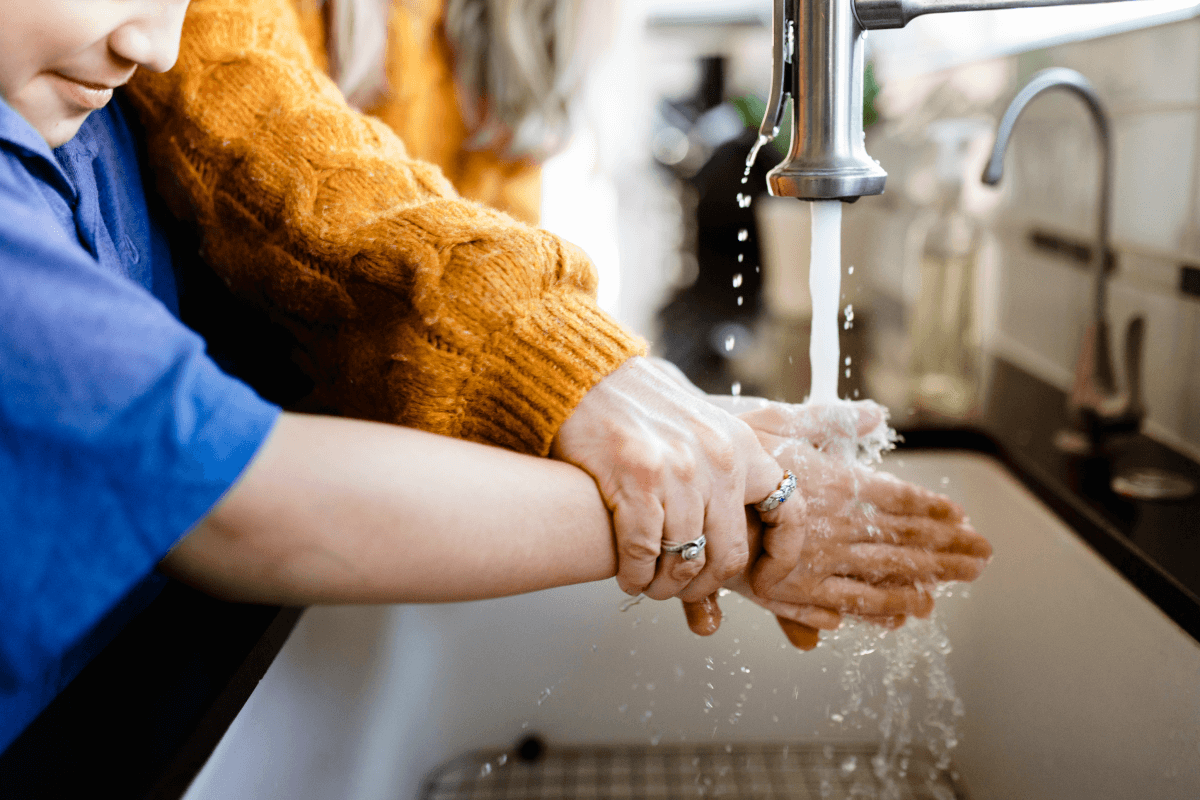Immune Health: Antibiotic Resistance
January 14, 2021
Protocol development in integrative medicine is not typically a simple process. Individuals require individualized care, and what works for one patient may not work for another.
To establish these protocols, we first developed a Rating Scale that could be used to discern the rigor of evidence supporting a specific nutrient’s therapeutic effect.
The following protocols were developed using only A through C-quality evidence.
Antibiotic resistance is caused by the proliferation of intergenerational bacteria possessing genetic mutations that reduce the effectiveness of specific antibiotic treatments. It is possible for pathogenic bacteria to develop resistance to nearly any antibiotic. (33) Antibiotic resistance can also be horizontally distributed between existing microbes by genetic conjugation, transformation, transduction, and transfer mechanisms. (34) Particular attention has been given to antibiotic-resistant bacteria that can escape eradication by many antibiotics, known commonly by the acronym ‘ESKAPE’, which include:
Helicobacter pylori is another microbe demonstrating increasing rates of resistance to many antibiotics, leading to increased failure of eradication protocols with standard antibiotic therapies. (11)
Clinical management may now require combination therapies to support the eradication of bacterial infections. Though they may not directly kill antibiotic-resistant bacteria, many alternative therapies may assist in supporting the immune system or concurrent antibiotic treatment in bacterial eradication. These alternative therapies include those that:
A number of factors may contribute to the rising prevalence of antibiotic resistance, including:
Please note that the following ingredient protocols provide details on case-specific uses that may not necessarily apply as a combined protocol.
 Support antibiotic resistance with the evidence-based ingredients in this protocol.
Support antibiotic resistance with the evidence-based ingredients in this protocol.
7-25 billion CFU containing strains of Lactobacillus acidophilus, Lactobacillus casei, Lactobacillus reuteri, Lactobacillus rhamnosus, and/or Bifidobacterium animalis subsp. lactis during antibiotic administration for bacterial eradication to adults for 7-14 days (4)(24)(25)(39)
3-4 billion CFU containing Lactobacillus rhamnosus or Streptococcus (salivarius or oralis) strains to infants and children for 3-12 weeks (22)(26)(31)
120-500 mg cranberry extract capsules or tablets (containing 3-60 mg proanthocyanidins), twice per day, ongoing for 2-12 months (2)(3)(9)(17)(21)(29)(30)(35)(36)
~ 40 mg of allicin per day for two weeks during standard proton pump inhibitor and antibiotic therapy, and 400 mg garlic extract with 1-2 mg garlic oil twice per day for up to seven years after (8)(15)(18)(28)(38)

This site is intended solely as an informational reference tool for practicing healthcare professionals. The content provided is not intended to be for medical diagnosis or treatment, is not a substitute for your professional judgment, and is not meant to provide you with medical or professional advice. You should evaluate and independently confirm the appropriateness of the content provided, and you should rely on your experience and judgment and other available resources when applying the provided content to an actual patient care situation. While content has been obtained from sources believed to be reliable, we cannot and do not guarantee the accuracy, validity, timeliness, or completeness of the content.